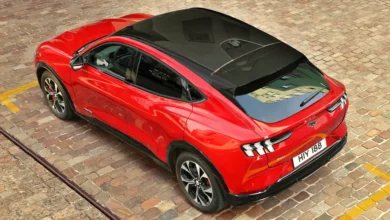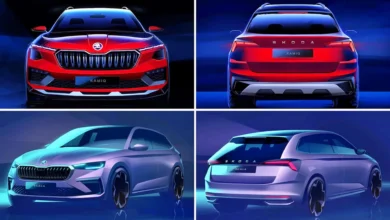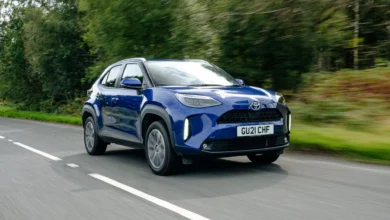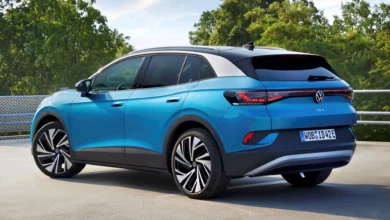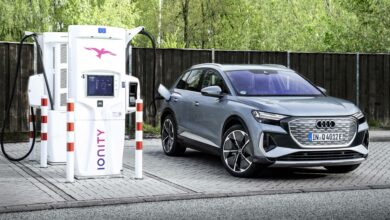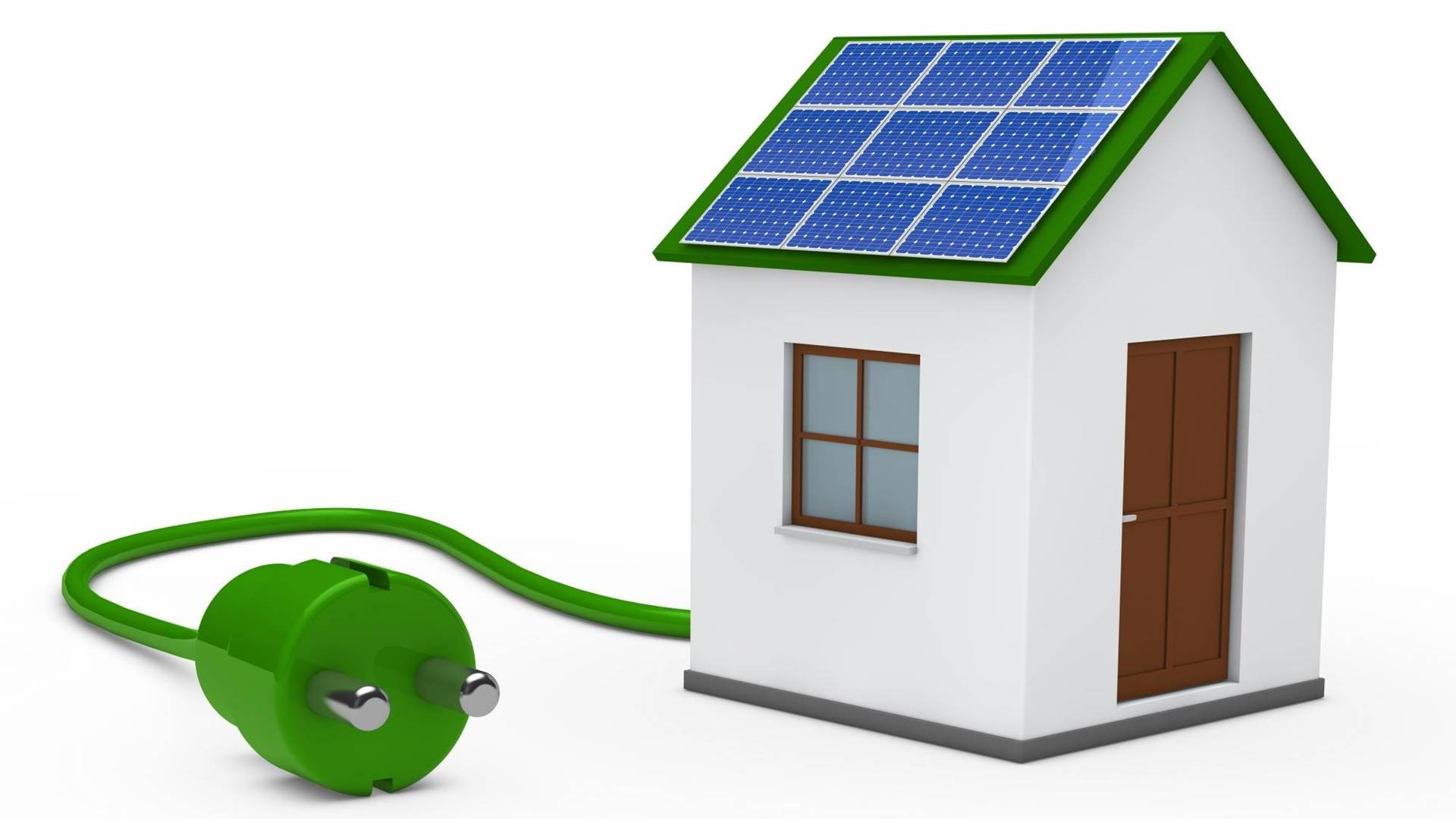
In these months of daily terror with the price of MWh, many have taken to the networks looking for an alternative to reduce their electricity consumption. Mainly those with air conditioning systems powered by electricity or with electric cars at home. But the question is whether it is possible to charge our cars with solar energy that is produced mainly when we are away from home.
To answer this question, the Federal Polytechnic School of Zurich (ETH) has carried out a theoretical experiment where they have studied the mobility and energy consumption habits of 78 families with space to install solar and with an electric vehicle at home.
For this they have made a virtual estimate of the surface of the plates that could be installed in your home, taking into account aspects such as orientation, shadows … etc, to know what percentage of vehicle recharges they could complete only using their installation photovoltaic.
These simulations have resulted in a wide variety of possibilities in terms of power to install, with homes where they have only been able to reach 5 kW, and others where the large surface area has raised the figures to 25 kW.
Based on the calculation of this model, the ETH researchers were able to determine how much photovoltaic energy was available to each owner of an electric car to charge their vehicle, always thinking that most of the production would go to precisely this task.

To know the results, four different loading and production strategies have been implemented, which have shown how each scenario within the same home can be radically different depending on the model to choose.
In the first case, the vehicle has been charged without taking solar production into account. Simply connecting the vehicle when arriving at the house. The result has been as expected and it is that without taking into account the production hours or having any surplus compensation system or storage, on average only 15% of the annual electricity needs were met with energy from the photovoltaic installation.
The second charging strategy has involved implementing a simple intelligent control that analyzes production and allows the system to prioritize charging when solar energy is more present. The result of this small change, which involves installing a small sensor, has been important. In this case, the owners have raised to 56% of the load of their vehicles with energy from the sun.
In the third case, the researchers have chosen to implement an algorithm that analyzes mobility habits, consumption, and solar production, combined with the solar sensor, to optimize production to the maximum.
To everyone’s surprise, with this intelligent control software and the solar sensor, production utilization has skyrocketed to 90%.
Finally, they have also indicated the possibility of installing a storage system in the form of a battery, which allows a performance close to 100% on paper. But those responses indicate that this may not be the best option due to issues such as emissions in the production of the batteries themselves.
The conclusion of the study puts on the table how little has been exploited the potential of smart charging for a decentralized supply compatible with a power grid with an increasing presence of renewable energy.
An intelligent charge governed by algorithms that promise to offer maximum performance to residential photovoltaic installations. An extremely important element in an era where at the same time that we speak of an energy crisis with a Europe heavily dependent on the outside, we are wasting enormous amounts of energy by not knowing how to make the most of the available capacity.
Compensation of surpluses
A study that we do not know where it has located its production estimate, something very important since solar radiation is not the same in Switzerland as in Spain, and in Spain, it is not the same in Galicia or Asturias as in Murcia or Valencia.
But if it serves to raise awareness of the importance of putting photovoltaic, but also to make the most of it with an intelligent control system, or with a surplus compensation system that allows us to inject energy during the day when we are away from home. An energy that can be used by industry and commerce during the working day, and in this way to be able to charge in the evening-night with energy from the network when precisely the industrial consumption is lower, and we can also take greater advantage of renewable sources.
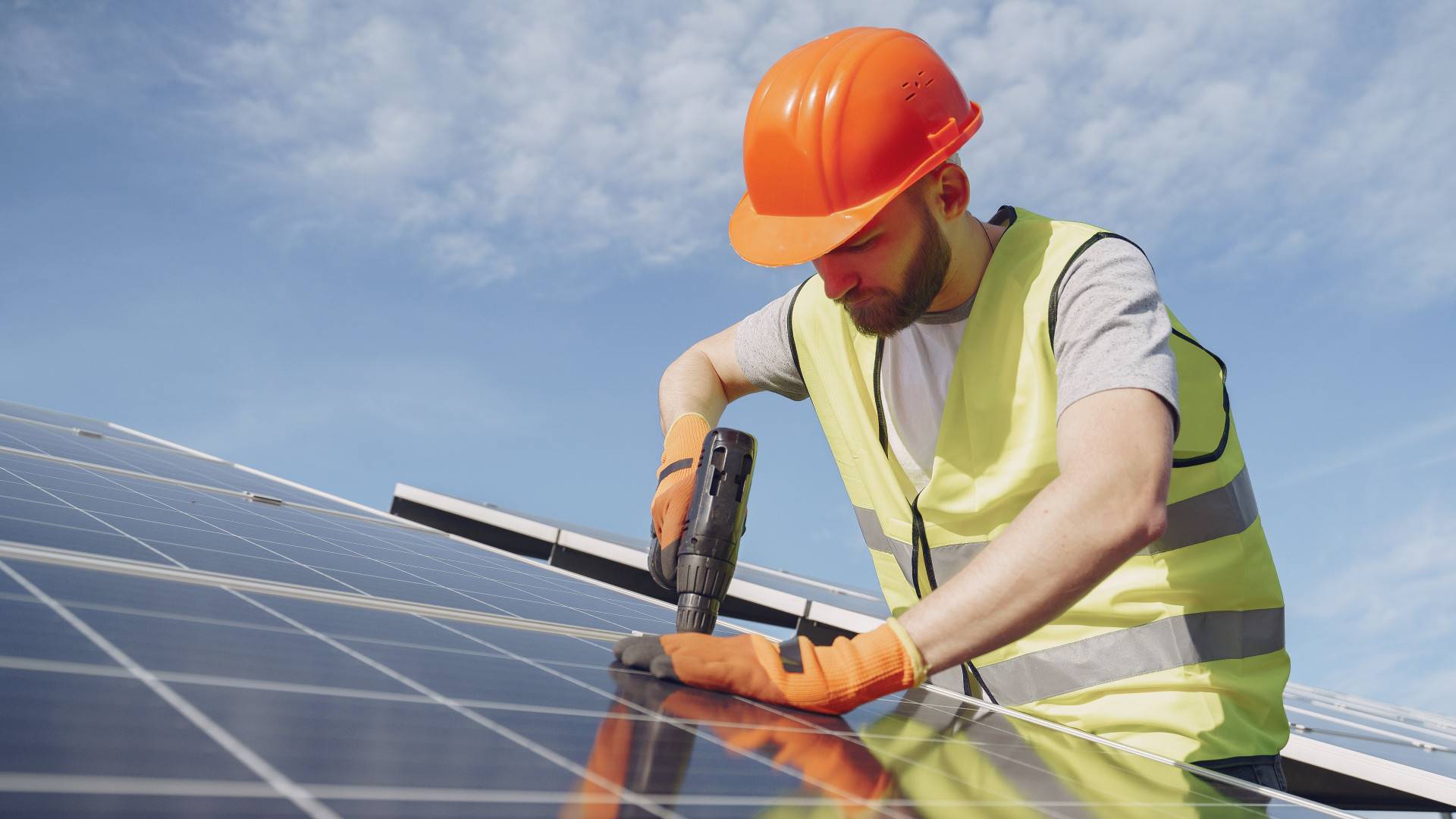
Translated or simplified, we can do a trick with the electricity company, selling energy for the day to offset our consumption when we get home. A barter whose profitability will depend a lot on the company with which we make this exchange. That is why the ideal is to explore rates with our marketer, but also see the conditions of the competition to which we can pass without major problems such as changing phone company.
Some even compensate not only for consumption but also if our contribution is important, it can pay us fixed costs such as power. Something that for many sounds like science fiction but is already being done in Spain.
